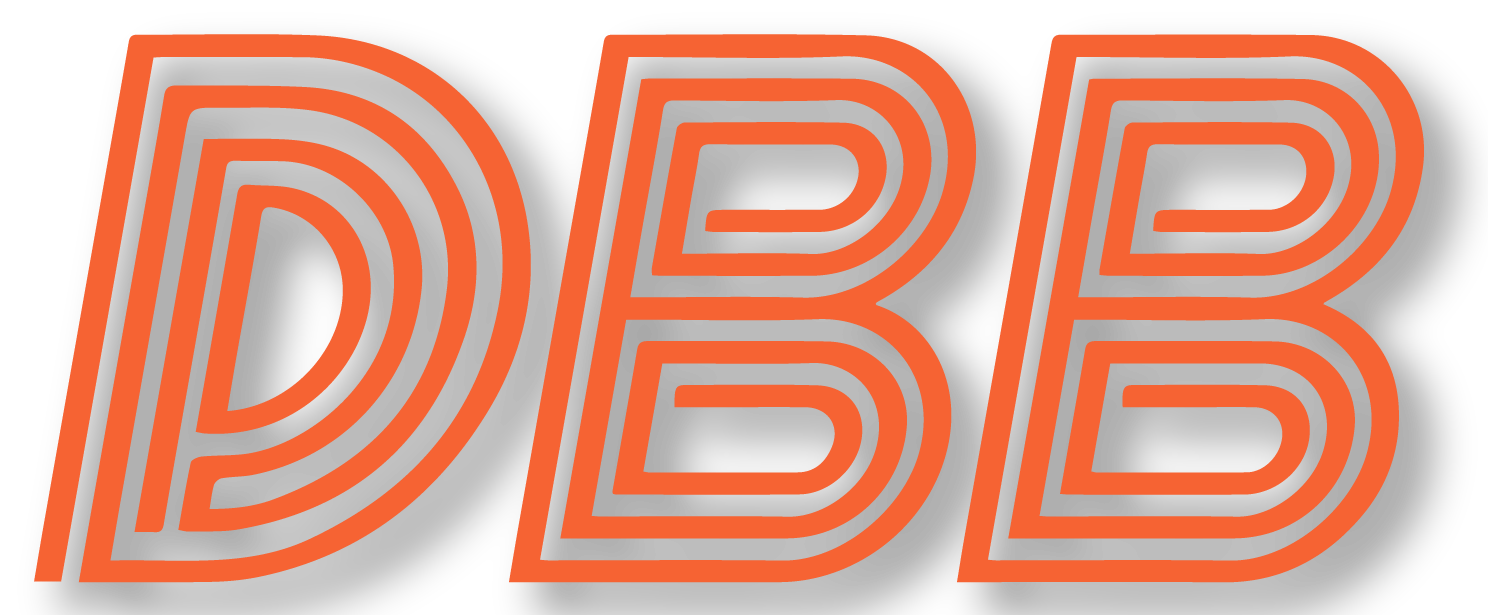Rookie bargains
When the new collective bargaining agreement (CBA) between the NFL and players’ union was put into place prior to the 2011 season, one of the big changes from the old CBA was the rookie wage scale. Gone were the days when players drafted in the top five became the highest-paid player at their position in NFL history before playing a single down.
Two years later, we are seeing clear effects of that, especially for teams with young quarterbacks. Ten teams started quarterbacks in 2012 that have been drafted under the new CBA: Miami (Ryan Tannehill), Cleveland (Brandon Weeden), Indianapolis (Andrew Luck), Washington (Robert Griffin III), San Francisco (Colin Kaepernick), Cincinnati (Andy Dalton), Carolina (Cam Newton), Tennessee (Jake Locker), Jacksonville (Blaine Gabbert), and Seattle (Russell Wilson). Of those ten, three were drafted in the top two picks of their draft (Luck, Griffin, and Newton), meaning that they would have been amongst the highest-paid quarterbacks last year under the old CBA.
Instead they are paid less than $5 million per year, more than $10 million less than what they would have gotten in previous years. Factor in the other seven quarterbacks, who were drafted later and are even cheaper, and it’s no surprise eight of those ten teams have significant money to spend in free agency this year to improve their rosters. The two exceptions are Washington, who has a reduced salary cap due to NFL-imposed penalties, and Carolina, who is still saddled with a number of other terrible contracts from their incompetent former general manager.
Trickle-down economics
Consequently, teams who can get competent play from their young, inexpensive quarterbacks have more money to build a better team around them, which helps explain how five of these teams made the playoffs in 2012. Three of the other five—Jacksonville, Cleveland, and Tennessee—dealt with poor quarterback play, while a fourth, Miami, was mediocre. The only young quarterback who played well and didn’t lead his team to the playoffs was Cam Newton, who must contend with a roster full of overpaid and underproducing players.
Teams with young quarterbacks who have played decently, such as Miami, Seattle, Indianapolis, and San Francisco, have all utilized that extra cap space to fill holes and improve their team.
The upshot of all this is that teams will have to pay their quarterbacks eventually and need to plan accordingly. Highly drafted players typically receive five-year deals that can be renegotiated after four years, while those drafted in the second or third rounds (like Kaepernick, Dalton, and Wilson) can sign extensions after three years.
The smart front offices are taking advantage of this brief window to acquire players with contracts that expire by the time they will need to pay their quarterback. San Francisco recently traded for wide receiver Anquan Boldin; they were willing and able to absorb his $6 million salary because his contract expires after 2013, which, not coincidentally, will be when Colin Kaepernick is due for a hefty pay raise. The Seattle Seahawks signed Cliff Avril and Michael Bennett, two solid defensive ends who will help bolster their pass rush, to deals that will expire by 2014, when Russell Wilson gets his money. Consequently, these two teams, who were arguably the two best teams in the NFC last year (sorry, Atlanta fans), have been able to greatly improve themselves this offseason and position themselves as Super Bowl favorites without damaging their longterm outlook.
The days of top draft picks being more trouble than they’re worth are long gone, and this is a good thing for the NFL. Teams that swing—and hit—on young quarterbacks are now actually at a competitive advantage over teams with highly paid veterans, which goes a long way towards helping maintain the parity that has helped build the NFL’s popularity into what it is today.



